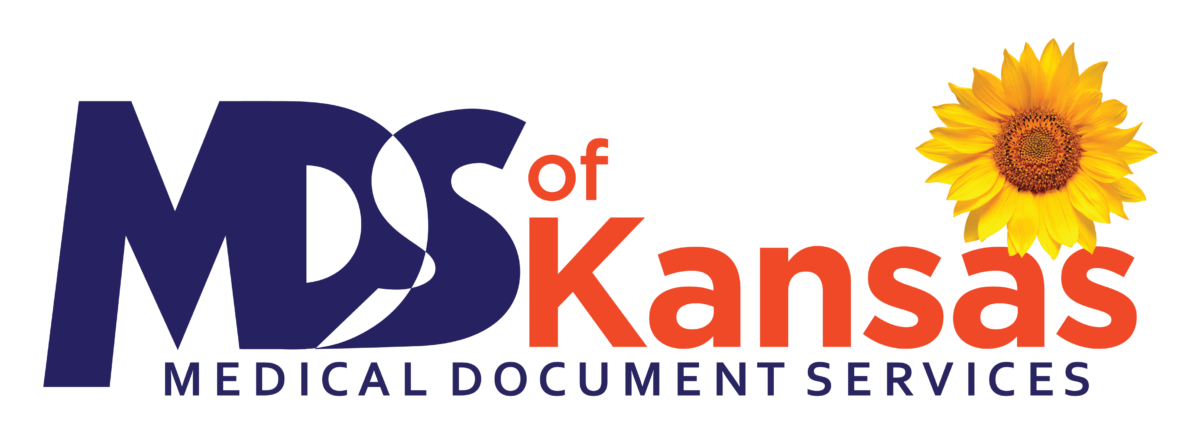Everywhere you look now, a telehealth stat or strategy is being written about or discussed. I realize not in every instance but in many where they are discussing evolutions in care coordination, improving outcomes, increasing patient satisfaction and certainly driving additional (and much needed) revenue.
Here are some of the recent news clips:
- Primary care continues to see a boom in telehealth implementation with the infusion of non-traditional healthcare players such as Apple, Walmart, Walgreens, etc. into the space, which will continue
- Since the ACA, remote patient monitoring has arisen as a method to reduce hospital readmissions and curb costs for providers. Many hospitals have sent patients home with remote monitoring devices so they can be observed at home for the post-30-day period and this method has saved money and reduced readmissions penalties drastically in some cases
- Post-acute providers and hospitals have been more engaged in integrating telehealth into their services because they see the benefits as far as cost-savings and lowering readmissions
No matter the size of your hospital, surgery center, clinic or practice, you may want telehealth on your radar screen.
While potential costs are mentioned as a barrier (or excuse not to research), telehealth can be extremely affordable and simple to implement. The real “costs” may come when practices, hospitals and other organizations lose out on the additional revenue, care quality and incentives that come along with telehealth strategies.
There are even integrated solutions that exist today that place telehealth on provider desktops, tablets, and smartphones, enabling face-to-face video communications integrated into their clinical workflow that are as easy as a phone call to initiate or receive. Experts also suggest the fast growth of consumerism in healthcare as well as the increased use of mobile health applications will further promote telehealth strategies from the patient engagement perspective as patients seek to manage and coordinate their own care.
Here are a few strategies and best practices for investing in telehealth
Protect your market share. All but three states reimburse for telehealth encounters for their Medicaid programs, and 27 states have enacted laws that enforce coverage for services provided through telehealth. Although it is not mandated, many private insurers offer reimbursement for services delivered through telehealth.
Proposed rules for Meaningful Use Stage 3 treat a real-time patient encounter delivered through technology-assisted healthcare the same as a physical encounter. What’s more, the provider can also choose to include consultative services “such as reading an EKG, virtual visits, or asynchronous telehealth.”
The payer community has embraced telehealth to help patients receive the right care at the right time. Providers should do the same.
Increase revenue. Remote monitoring for patients with two or more chronic conditions not only can help patients live with their conditions more effectively, it also can increase the bottom lines of providers. The Centers for Medicare & Medicaid Services has developed CPT codes that allow providers to bill a monthly fee for monitoring patients with chronic illnesses.
CPT code 99490 allows for non-face-to-face care coordination services for those with a care plan listing multiple chronic conditions expected to last at least 12 months and place the patient at significant risk of death or decline. Average compensation is $42.60 monthly, based on geography. It can be used in conjunction with CPT code 99091 (collection and interpretation of physiologic data) for a $56.92 monthly reimbursement per patient.
Prepare for the future. The telehealth and home health technologies market is expected to quadruple in size over the next five years, growing to $13.7 billion by 2020, according to a market intelligence company that tracks the space with other reports predicting much higher growth.
Once considered a fringe technology, telehealth clearly has moved into the mainstream as a way to see patients who may be limited by mobility or geography, as well as those who prefer the convenience of a face-to-face video encounter. Another important use case that is growing is for provider-to-provider such as a primary care provider collaborating or coordinating care with a specialist locally or halfway around the world.
As many industry leaders and even disrupters are suggesting, organizations need to invest in telehealth phenomenon to effectively compete in the healthcare marketplace. But in order to truly fulfill its mission, telehealth must be convenient to providers. Any telehealth solution must be readily available, incorporated into the natural workflow of the provider and available on the device he or she uses. Read more…
Baha Zeidan is the co-founder and chief executive officer of Azalea Health Innovations.
Medical Document Services of Kansas, LLC (MDS) is a Wichita, Kansas healthcare document service specializing in Medical Billing and RCM, Medical Transcription, Pre-Certs with AzaleaHealth EHR. We provide efficient, accurate, affordable quality services for hospitals, clinics, and facilities of all sizes. Call ![]() 866-777-7264 today, or visit our website for more information. We have education programs in Medical Scribe Specialists. #medicaltranscription #azaleahealthEHR #revenuecyclemanagement
866-777-7264 today, or visit our website for more information. We have education programs in Medical Scribe Specialists. #medicaltranscription #azaleahealthEHR #revenuecyclemanagement


